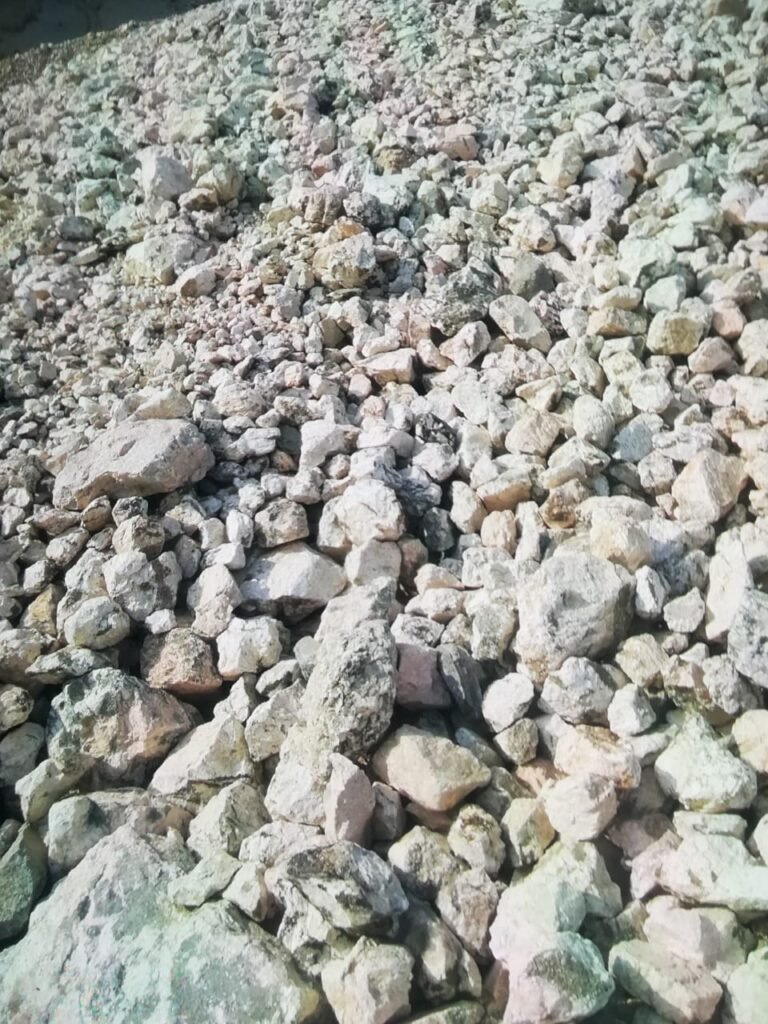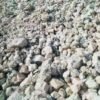Customer Support: 604793
Feldspar
Feldspar is a group of minerals that make up the most abundant group of rock-forming minerals on Earth. It is an essential component in many types of rocks, including igneous, metamorphic, and sedimentary rocks. Feldspar is a framework silicate, meaning its crystal structure is composed of three-dimensional frameworks of linked tetrahedra.
Feldspar is a group of minerals that make up the most abundant group of rock-forming minerals on Earth. It is an essential component in many types of rocks, including igneous, metamorphic, and sedimentary rocks. Feldspar is a framework silicate, meaning its crystal structure is composed of three-dimensional frameworks of linked tetrahedra.









